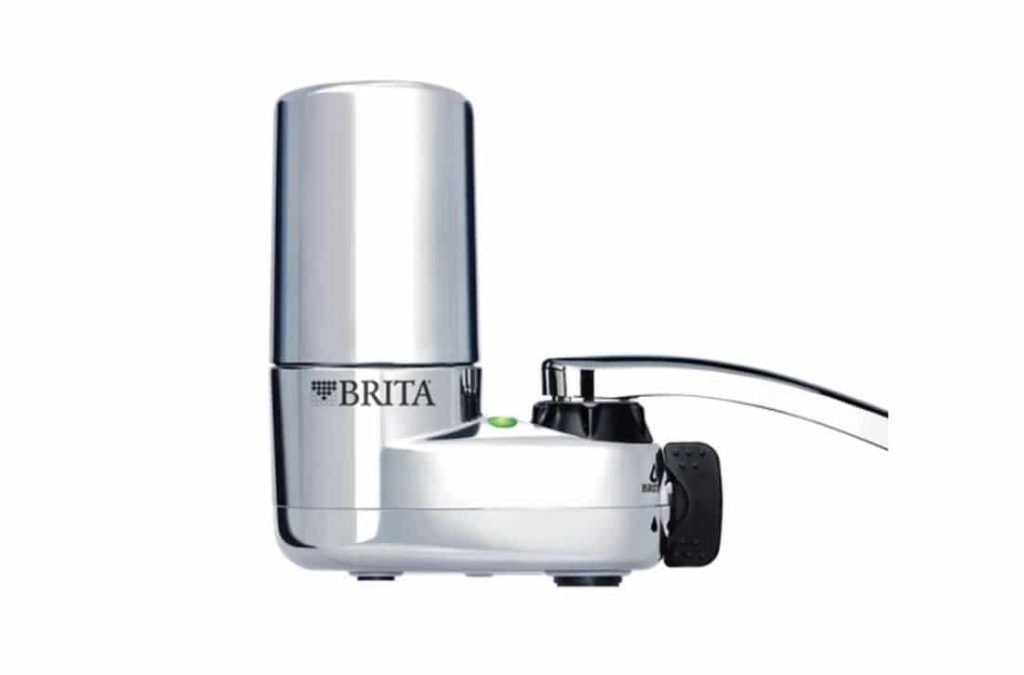In the last decade, the discussion of lead in drinking water has been on the rise. While the Flint, MI water crisis may have been a catalyst for the recent uptick in awareness, lead poisoning from drinking water is not isolated to Flint alone. Schools and homes across the country are at risk for unhealthy lead levels in their water. In fact, 15-25 million homes in the U.S. are still connected to lead pipelines that were laid before they were banned in the late 1980s. In addition, 43 percent of school districts serving 35 million students across the country tested positive for lead. Of those, 37 percent found elevated levels and reduced or eliminated exposure, according to the U.S. Government Accountability Office.

In addition to water utilities adjusting water chemistry to minimize the possibility of lead dissolving into tap water, customers can also do their part to help reduce lead levels. Although the best way to eliminate lead exposure in water is by replacing lead service lines and interior plumbing, there are in fact ways to minimize exposure to meet the EPA’s Lead Action Level in your home. One of these ways is through point of use (POU) water filters. Properly installed POU filters can potentially protect all populations, including children and pregnant women.
A recent study published in the Journal of Environmental Science and Health, showed that POU filters effectively reduced lead in drinking water in a demonstration field study in Flint, Michigan.
Intro to Point of Use Water Treatment Devices
Filtration of tap drinking water in homes through POU treatment devices has gained popularity due to recent concerns of lead contamination from service lines and interior plumbing materials. According to the field study, many POU filters utilize an outer fabric of fiber surrounding a solid block primarily composed of activated carbon. Activated carbon is great for purifying liquids and gases.

Materials and Methods for the Study
Flint residents received PUR and BRITA filters [certified under NSF/ANSI-53 (total lead) and NSF/ANSI-42 (Class I particulate)] for the study. Filtered and unfiltered water samples were collected to assess whether the NSF/ANSI-53 and NSF/ANSI-42 certified POU filters being distributed in Flint were effective for the reduction of lead, regardless of influent levels above the certification criteria of 150 micrograms/L (µg/L).
* NSF/ANSI 42, 53 and 401 are the leading industry standards for filtration products and systems.
Subsequently, filtered and unfiltered water grab samples were collected at each selected sampling location, generally at the kitchen faucet. Samplers recorded field observations including the filter type/brand, filter indicator status, and the resident’s estimate of the time since the filter or cartridge was installed. All samples were collected from the cold-water tap, and three types of 1000-mL samples were collected from homes:
1. Filtered Water, Existing Filter – First, one grab water sample was collected through the existing water filter at the home (if present).
2. Unfiltered Water – Second, an unfiltered water grab sample was collected after removing the existing filter or turning the by-pass valve on the filter. No cleaning or flushing took place prior to the water grab sampling.
3. Filtered Water, New Filter – Third, after the installation and flushing of a new filter or replacement filter cartridge for approximately 2 min, a grab sample was collected through the newly installed filter or filter cartridge.
Field Study Results
Unfiltered Water Samples – The maximum lead concentration in the unfiltered water at the 345 sampling locations in this study was 4,080 µg/L , with approximately 4% of the unfiltered water samples above 150 µg/L and over 37% above the Food & Drug Administration (FDA) standard for bottled water (5 µg/L).
Filtered Water Samples – Over 97% of filtered water samples contained lead below 0.5 µg/L. The maximum lead concentration in filtered water was 2.9 µg/L, well below the bottled water standard.
Removal of Additional Metals – The sampling showed incidental removal of copper, iron, manganese, and zinc despite the filters not being certified to remove miscellaneous metals.
In conclusiuon, POU filters proved to be a reliable option for the reduction of lead in this study. Faucet-mounted point of use filters can be an important barrier against unpredictable lead release from lead service lines and/or plumbing materials.
To ensure effectiveness, POU filters should be replaced per manufacturer recommendations.
Interested in what else you can do to help reduce exposure to lead in your drinking water?
Quick Tips:
- Use cold water for drinking, cooking, or making baby formula. Boiling your water will not remove lead from water. In fact, lead concentrations will increase because water evaporates during the boiling process.
- Before drinking water from the tap, flush your pipes by running the water faucet, doing a load of laundry, or taking a shower.
- Be sure that your faucets screen (aerator) is clean.
